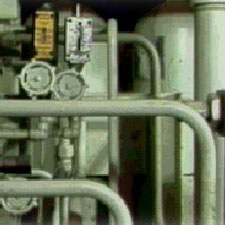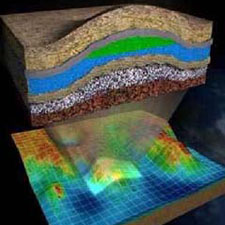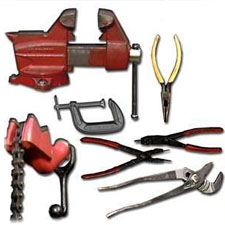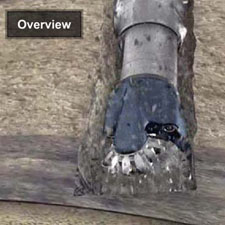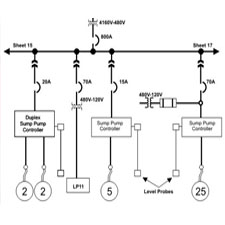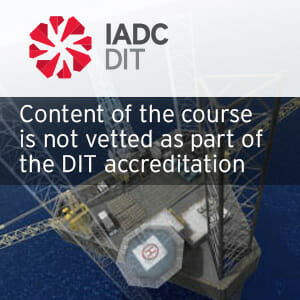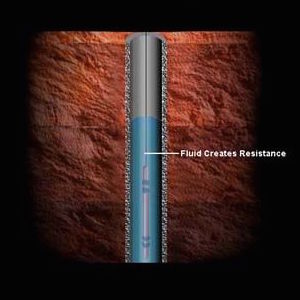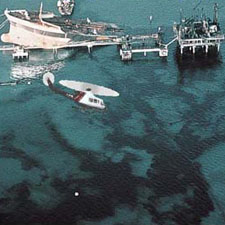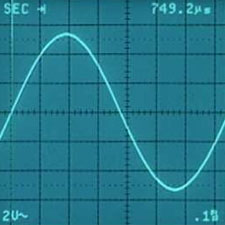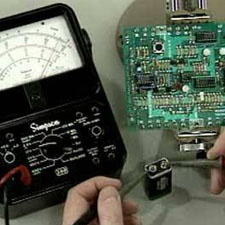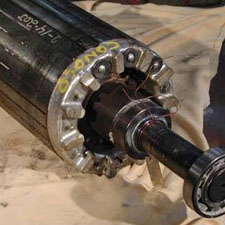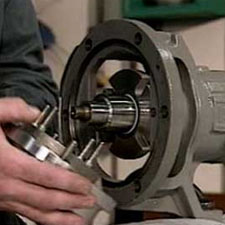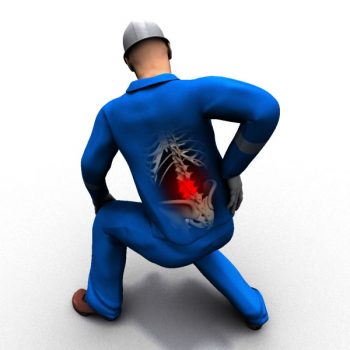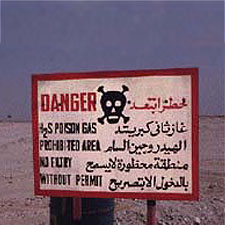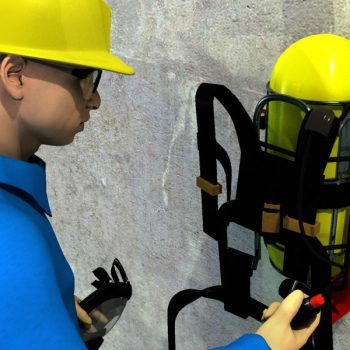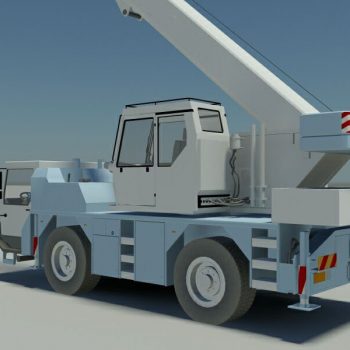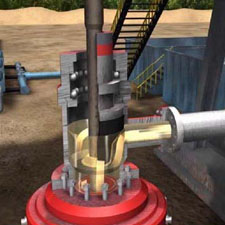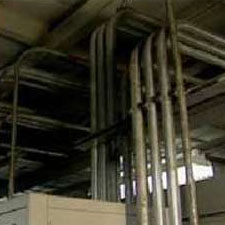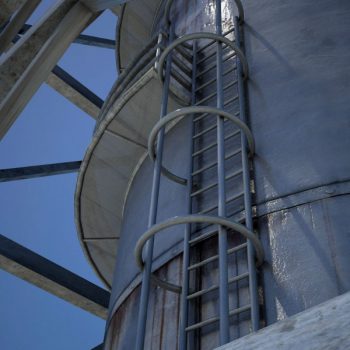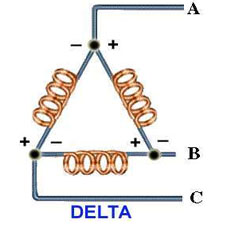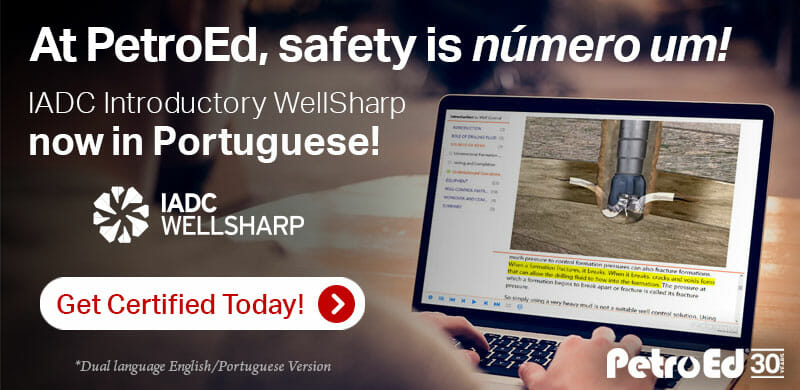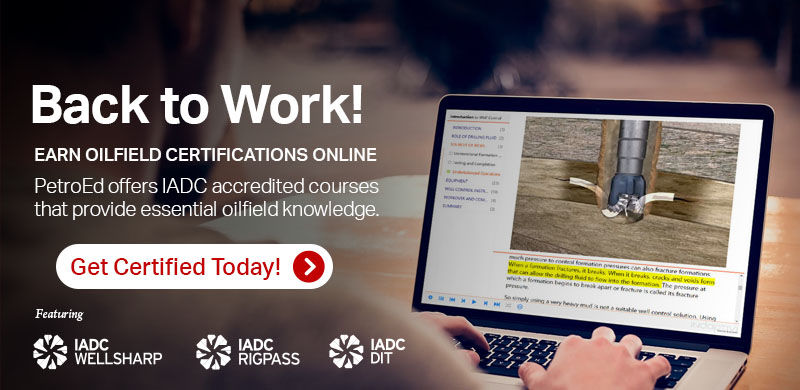Subtotal: $0.00
Industrial Hydraulic Power
Industrial Hydraulic Power
Course Overview
This course consists of thirteen lessons. These lessons were designed for beginning hydraulic technicians as well as mechanics, electricians, operators, and for those individuals who need to learn more about industrial hydraulic power. The lessons in this library train participants to identify system components, read schematics, and understand the conditions necessary for proper operation of a hydraulic system.
Course Objectives
- Visually identify the basic components of an industrial hydraulic system.
- Describe the function of the basic components of an industrial hydraulic system.
- Understand Pascal’s Law
- Describe the transmission of power
- Describe conditions necessary for normal operation of a pressure relief valve.
- Describe the conversion of power through the hydraulic system.
- Calculate electrical horsepower and piston speed, given the appropriate variables.
- Identify the schematic symbols for the basic components of a hydraulic system.
- Identify the pressure at a given point in a hydraulic system using color-coding.
- Identify the flow path through a simple hydraulic system, given a schematic for a simple hydraulic system.
- Describe types, properties, and functions of hydraulic fluid
- List sources of fluid contamination and ways to avoid contamination.
- List the purposes of a hydraulic reservoir.
- Identify the components of a hydraulic reservoir and describe their functions.
- Describe the conditions necessary for proper functioning of a hydraulic reservoir.
- Describe the purposes of hydraulic filters.
- Describe the functions of hydraulic piping.
- Describe the role of the pump in hydraulic power transmission given a system schematic.
- Calculate the actual flow rate and the volumetric efficiency in a hydraulic system.
- Explain the effect of the position of the reservoir in relation to the inlet side of the pump.
- Recognize symptoms of pump malfunction.
- Identify components of fixed and variable volume vane pumps, describe their functions.
- Identify components of bent axis and axial piston pumps, and describe their functions.
- Explain causes of system inefficiencies associated with fixed volume pumps.
- Describe applications for variable volume pumps.
- Identify and describe the application of an accumulator in a system.
- Identify common types of accumulators.
- Identify safety considerations for depressurizing and pre-charging an accumulator.
- Describe how an accumulator operates in a hydraulic system.
- Describe the functions of a pressure relief valve in a hydraulic system
- Explain the operation of a direct-acting poppet type pressure control valve.
- Explain the operation of a pilot operated pressure control valve.
- Explain the operation of a normally open pressure control valve
- Describe how an unloading pressure control valve operates.
- Describe how a counterbalance valve operates.
- Describe the proper operation of a pressure control valve in a sequencing circuit.
- Describe the proper operation of a pressure control valve in a pressure reducing circuit.
- Describe the proper operation of a check valve.
- Identify the schematic symbols for various types of directional control valves.
- Identify the functions of the ports on a directional control valve.
- Trace various flow paths through the directional control valve using a system schematic.
- Describe centering conditions commonly used in directional control valves.
- Describe piloting arrangements commonly used with directional control valves.
- Explain the conditions that affect flow in a hydraulic system using a system schematic.
- Identify the schematic symbols and functions of ports for flow control valves.
- Describe the operation of a needle valve, and trace the path of the fluid through the valve.
- Describe the operation of a check valve.
- Describe the operation of meter-in and meter-out circuits using a system schematic.
- Describe the difference between a single-acting cylinder and a double-acting cylinder.
- Identify the schematic symbol and describe the action of a differential cylinder.
- Describe the operation of a circuit whose cylinder is controlled by regulating flow or pressure.
- Identify the components of a hydraulic cylinder using a cutaway model.
- Explain the purpose of a cylinder leak test.
- Identify the schematic symbol for an unidirectional and bi-directional hydraulic motor.
- Describe the functional similarity between a hydraulic pump and a hydraulic motor.
- Describe the flow path through a hydraulic motor, using a cutaway diagram of a vane motor.
- Express the output of a hydraulic motor in terms of horsepower.
- Describe the operation of various hydrostatic drive circuits from the circuit schematics.
- Describe the function of the components and the flow path through the circuit.
Included Modules
- Introduction to Hydraulic Systems: This is the first lesson in the Industrial Hydraulic Power Library. This lesson identifies the basic components of an industrial hydraulic system and explains their functions. Formulas, including Pascal’s Law, are presented and their use in determining values in a hydraulic system is explained.
- Hydraulic Schematics: This is the second lesson in the Industrial Hydraulic Power Library. This lesson introduces the schematic symbols that represent the basic components of a hydraulic system. It explains the use of color-coding used to identify pressure and how to identify the flow path through the system using schematics.
- Hydraulic Fluids: This is the third lesson in the Industrial Hydraulic Power Library. The lesson discusses the types, properties, and functions of hydraulic fluids and the components in which they are used.
- Hydraulic Pump Applications: The fourth lesson in the Industrial Hydraulic Power Library, this lesson discusses the various hydraulic pumps and their applications. It also describes symptoms of pump malfunction.
- Positive Displacement Pumps: This is the fifth lesson in the Industrial Hydraulic Power Library. This lesson describes various positive displacement pumps and their components. The lesson explains some of the causes of system inefficiencies associated with fixed volume pumps and describes applications in which variable volume pumps are used.
- Hydraulic Accumulators: This is the sixth lesson in the Industrial Hydraulic Power Library. This lesson describes the common accumulators and their schematic symbols. It also describes the application and operation of an accumulator in a hydraulic system. Safety considerations for depressurizing and pre-charging an accumulator are discussed.
- Pressure Control Principles: This is the seventh lesson in the Industrial Hydraulic Power Library. This lesson describes the functions of a pressure relief valve in a hydraulic system and the conditions necessary for normal operation of a pressure relief valve. Pressure characteristics, the relationship of pressure and flow, and depressurization are also discussed.
- Pressure Control Operation: The eighth lesson in the Industrial Hydraulic Power Library, this lesson presents various pressure control valves, their operation, and components.
- Pressure Control Valve Applications: This is the ninth lesson in the Industrial Hydraulic Power Library. This lesson describes the proper operation of pressure control valves used in various applications.
- Directional Control Principles: This is the tenth lesson in the Industrial Hydraulic Power Library. This lesson describes various directional control valves. The lesson explains the function of the ports on a directional control valve and instructs the process of tracing the various flow paths through the valve. The lesson also describes the centering conditions and piloting arrangements commonly used with directional control valves.
- Flow Control Valves: This is the eleventh lesson in the Industrial Hydraulic Power Library. The lesson demonstrates how to determine speed and flow rates and differential pressure. It describes various valves, their components, and their uses.
- Actuator Cylinders: This is the twelfth lesson in the Industrial Hydraulic Power Library. This lesson describes the various cylinders used in hydraulic actuators. It also describes the operation of a cylinder controlled by regulating flow or pressure, and the purpose of a cylinder leak test.
- Hydraulic Motors: This is the final lesson in the Industrial Hydraulic Power Library. General knowledge of hydraulic schematics is required. Review of the lesson, Hydraulic Schematics, is recommended. This lesson describes various hydraulic motors and their functions. It also describes the operation of various hydrostatic drive circuits and the function of components and flowpath in a braking circuit.

